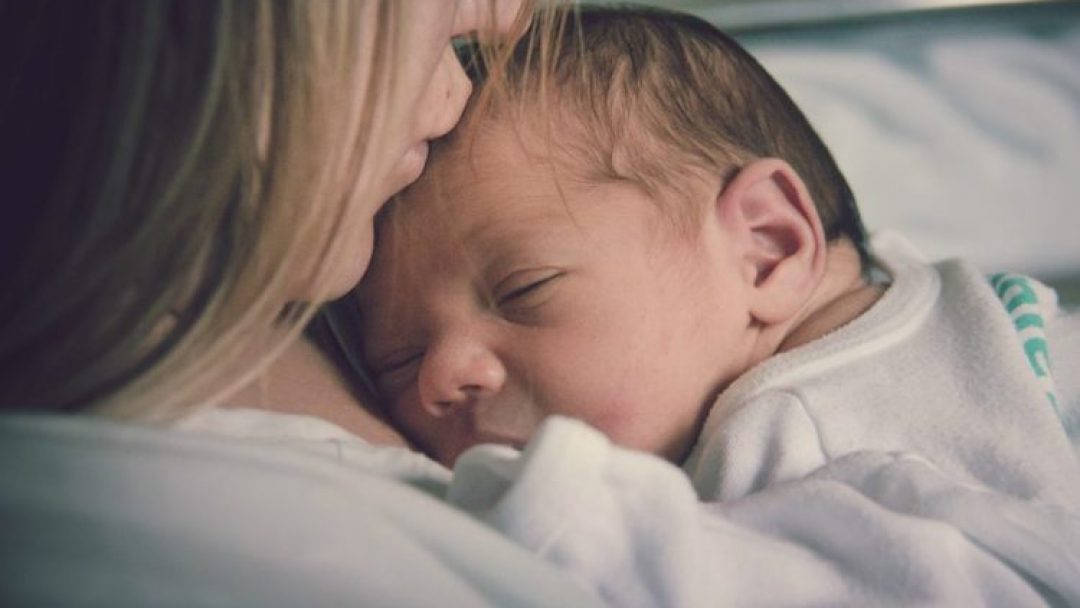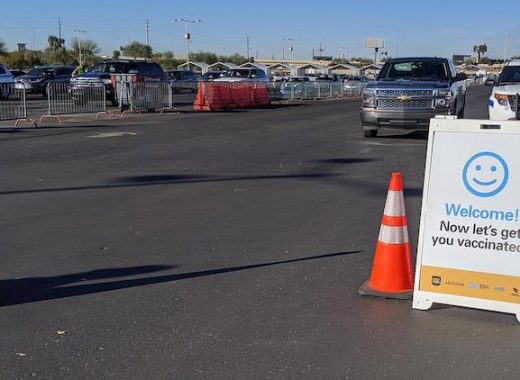The United States’ birth rate continues to fall, according to data from the Centers for Disease Control and Prevention. It’s a 32-year low for births, which continues to reshape the workforce.
There were 3.79 million babies were born in 2018. That was a 2% decline from 2017, and it was the fourth consecutive year that the number decreased. The fertility rate, which is number of births per 1,000 women age, is 59.0. It’s the lowest since the beginning of record-keeping.
The birth rate peaked in 2007, but it has decreased in 10 out of the last 11 years. Most experts believes the birth rate would increase when the recession ended, but it hasn’t happened yet.
Experts now believe the declining rate is due to teenagers and younger women having fewer children, lower Hispanic fertility rates, and a greater number of women obtaining college degrees.
The decline has affected the workforce. The estimate of the general fertility rage has been below replacement level, which is 2.1, since 1971.
The lower fertility rates, without enough immigrants, will lead to too small of a workforce to support retired individuals.
The fertility rate last year was 1.7, which was a record low.
Birth Rates by Age
The birth rates for younger and unmarried women has declined drastically, while the number of births for women in their 30s has increased. The birth rate among teenagers fell to 17.4 births per 1,000 women. It was 61.8 per 1,000 women in 1991.
According to data, a decrease among teenagers is responsible for the decline in birth rates.
“We see these continuing trends: births to older moms increasing, births to younger moms going down,” said Brady Hamilton, a statistician/demographer with NCHS.
An associate professor of economics at the University of Notre Dame found that 35% of the fertility decline from 2007 to 2016 can be attributed to the declines in unplanned pregnancies.
“It’s really remarkable, not something that we’ve seen over the last century,” said Prof. Buckles.
The trend can also be attributed to women waiting longer to have children. Experts hope that the birth rate will rise again as women move into their 30s.
However, delaying having children can mean women will have less children.
“There’s a limit to how much you can delay and still catch up,” Prof. Buckles said. “There’s no way we would get complete catch-up for that reason.”
Hispanic Birth Rates
Hispanic women are having fewer children. The number of births for Hispanic mothers is 1% to total about 886,000. This is due to the recession and more rigid immigration laws.
Research by Alicia H. Munnell at Boston College believes the Hispanic fertility decline will continue if immigration doesn’t rebound.
Contraceptive Use
The expanse of long-acting and more reliable contraceptives is also driving down the birth rate. Birth control use increased under the Affordable Care Act because it mandated contraception coverage in plans. Data from the CDC shows that 8.6% of women now use intrauterine device. It was 1.3% in 2002.
According to date, abortion is not responsible for the decline, as it’s at its lowest rate since it was legalized in 1973.
Education
Women who receive bachelor’s degrees have fewer children than those with a high school diploma.
According to research, 40% of women had a college education in 2016. Experts believe women don’t want to delay their career to have children.
Despite this, research suggests that the stronger economic security may put women in better position to have their desired number of children.








